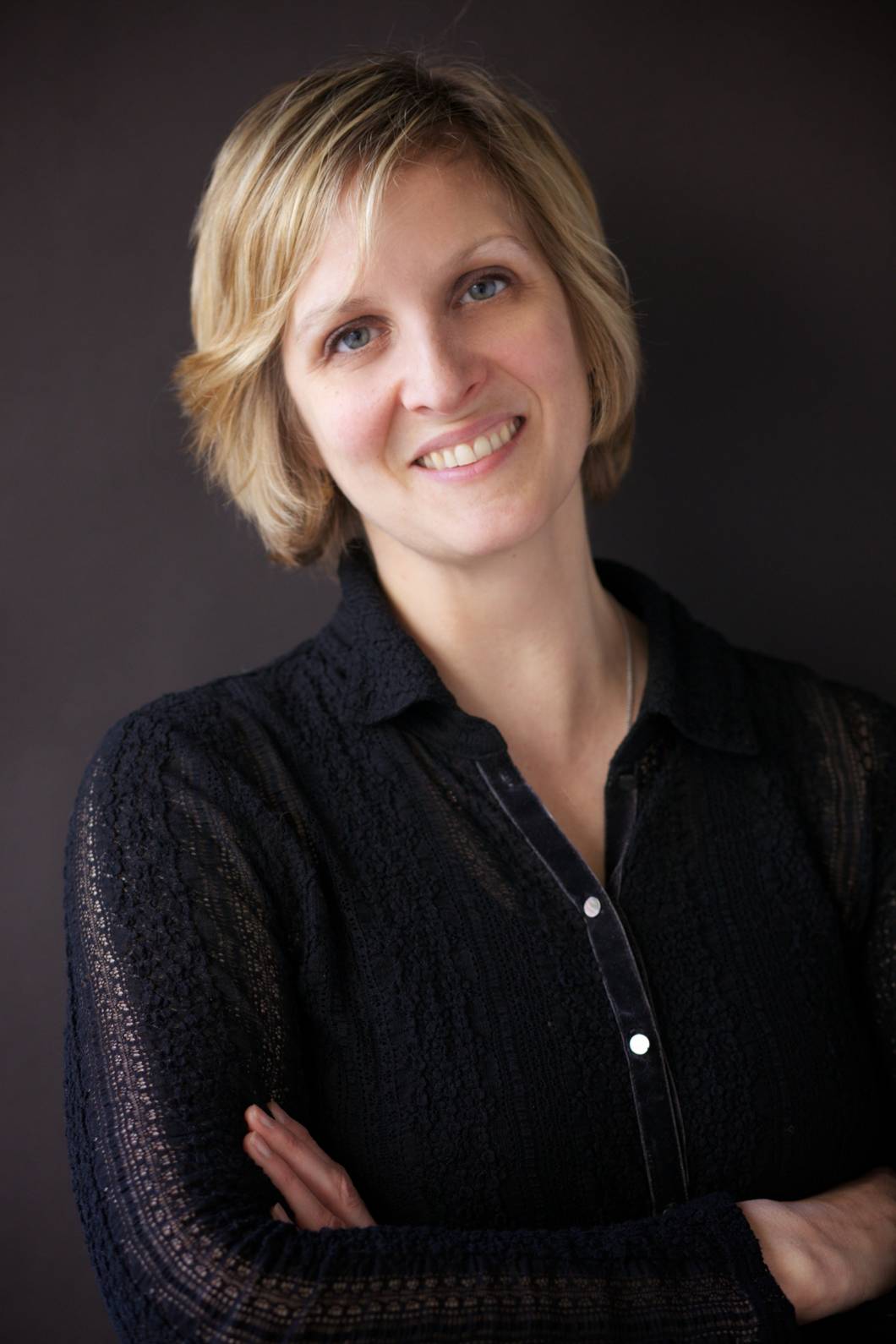How to Fall in Love with Medieval Manuscripts
Devon Gray joined Skinner in 2012 as Director of Fine Books & Manuscripts, after more than twenty years as the co-owner and founder of James & Devon Gray Booksellers in Harvard Square, Boston. Here is her story about how she fell in love with old, rare books and manuscripts.
When did you buy your first antique book?
When I was in college, my husband and I loved going to second-hand bookstores in Harvard Square. One day, we found a book from the 1600s. It was a Latin/Greek lexicon printed in Amsterdam, and it cost $175. With most antiques, if something is from 1850, it’s considered really old. If we had found a painting from the 1600s, it seemed to me that it would be worth a lot more than that! So we bought the book.
What happened next?
I was an undergraduate at Harvard, and I looked in the course catalogue for a class about old books. I found one about medieval manuscripts taught by Rodney Dennis, who’s since passed away. The class met at the Houghton library, which is a rare book library. In the exhibition room, a portrait of Melville hangs on the wall and the room is full of incunables, or books made before 1500. It’s such a special, magical place, and it really hooked me. For my last two years at Harvard, I took any class that met at the Houghton Library.
What was your favorite part of that first class?
For our final project, Rodney picked out a medieval manuscript for each of us, and left it in the reading room with our name on it but no information. We had to write a description of where it was made, when it was made, what the text was, what was missing, and what was peculiar about it. I found that process fascinating. Unlike modern books, manuscripts don’t have a title page, colophon, or any information explaining where and when they were written. Identifying them requires understanding the styles of handwriting and the characteristics of different time periods and countries.
How do you turn a love of medieval manuscripts into a job?
My husband and I got married after graduating from college, borrowed some money, and bought books. We started attending antiquarian book fairs, and I also made use of my skill at bookbinding. Since I could repair books, we could buy things that weren’t in the best shape.
What’s the most unique book that you own?
We have a beautifully bound book that was probably put together in the early part of the 1700s in Germany. It contains sermons and prayer cards, like they still have at Catholic churches today. The cards were printed with images of the saints, the virgin, and baby Jesus, and someone carefully cut out the clothing and put fabric behind the image. They used rough, brown fabric for St. Francis and silver lace for Jesus. It’s really special, and I’ve never seen anything else like it.
What are your plans for the Skinner Fine Books & Manuscripts Department?
I plan to hold two Boston auctions each year. Since I’m very comfortable with early material, I’m sure I’ll see more early books. But New England is also rich in histories and works pertaining to the geographic area and people who lived here, like Ralph Waldo Emerson. I’m also interested in great presidential material.
There are so many great books and documents in New England, and I want to get everyone’s attention about what’s going on at Skinner. If you’re looking for more information, you can visit the Books & Manuscripts Department page.

